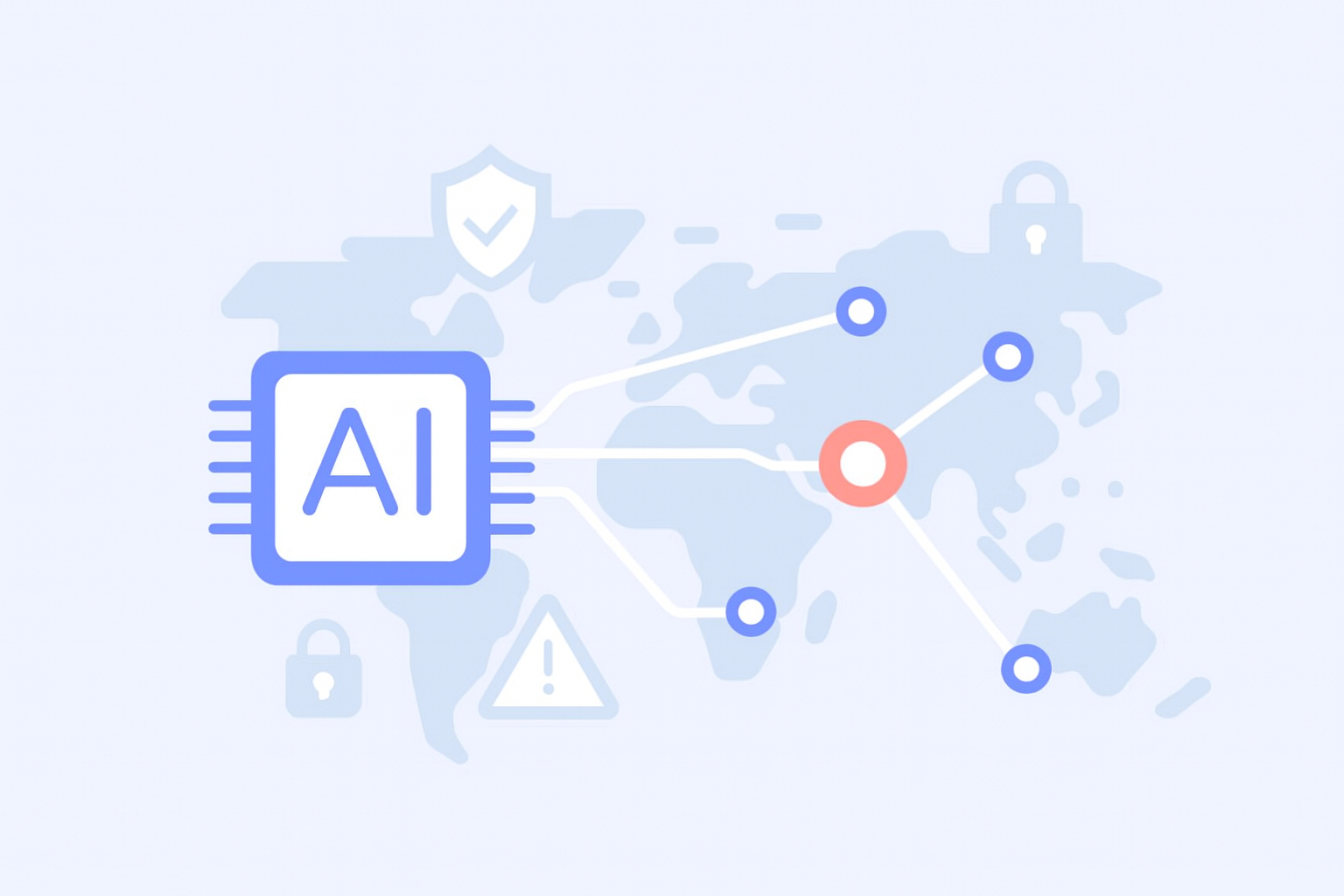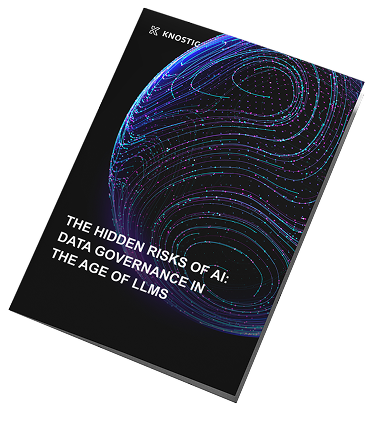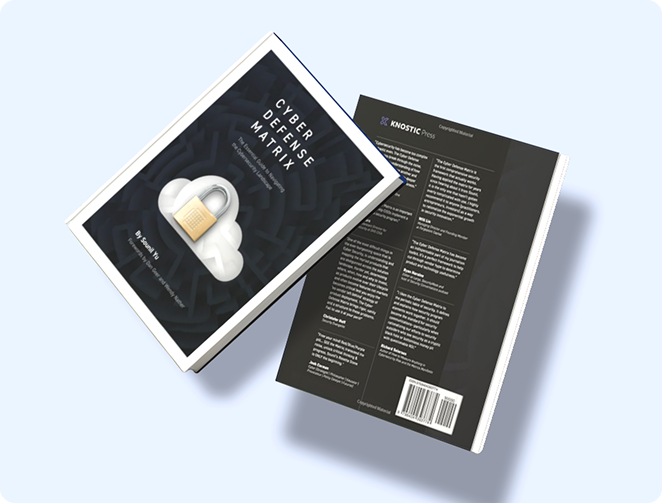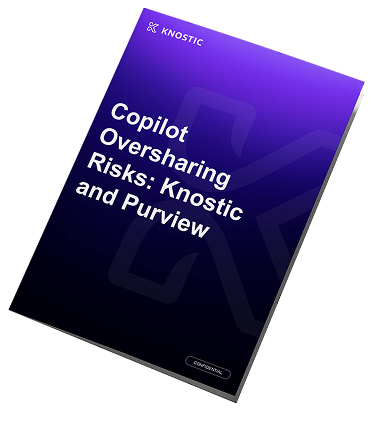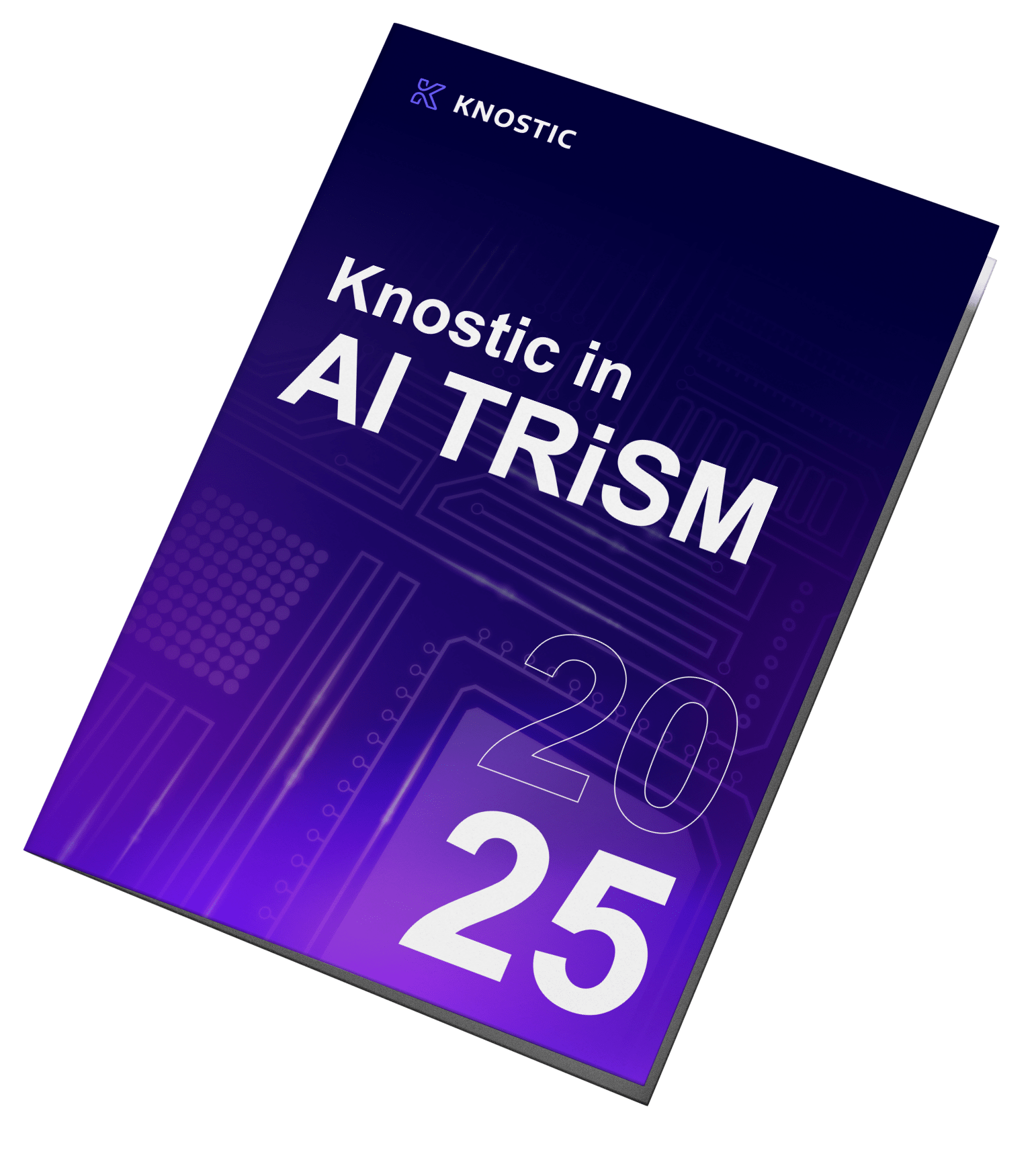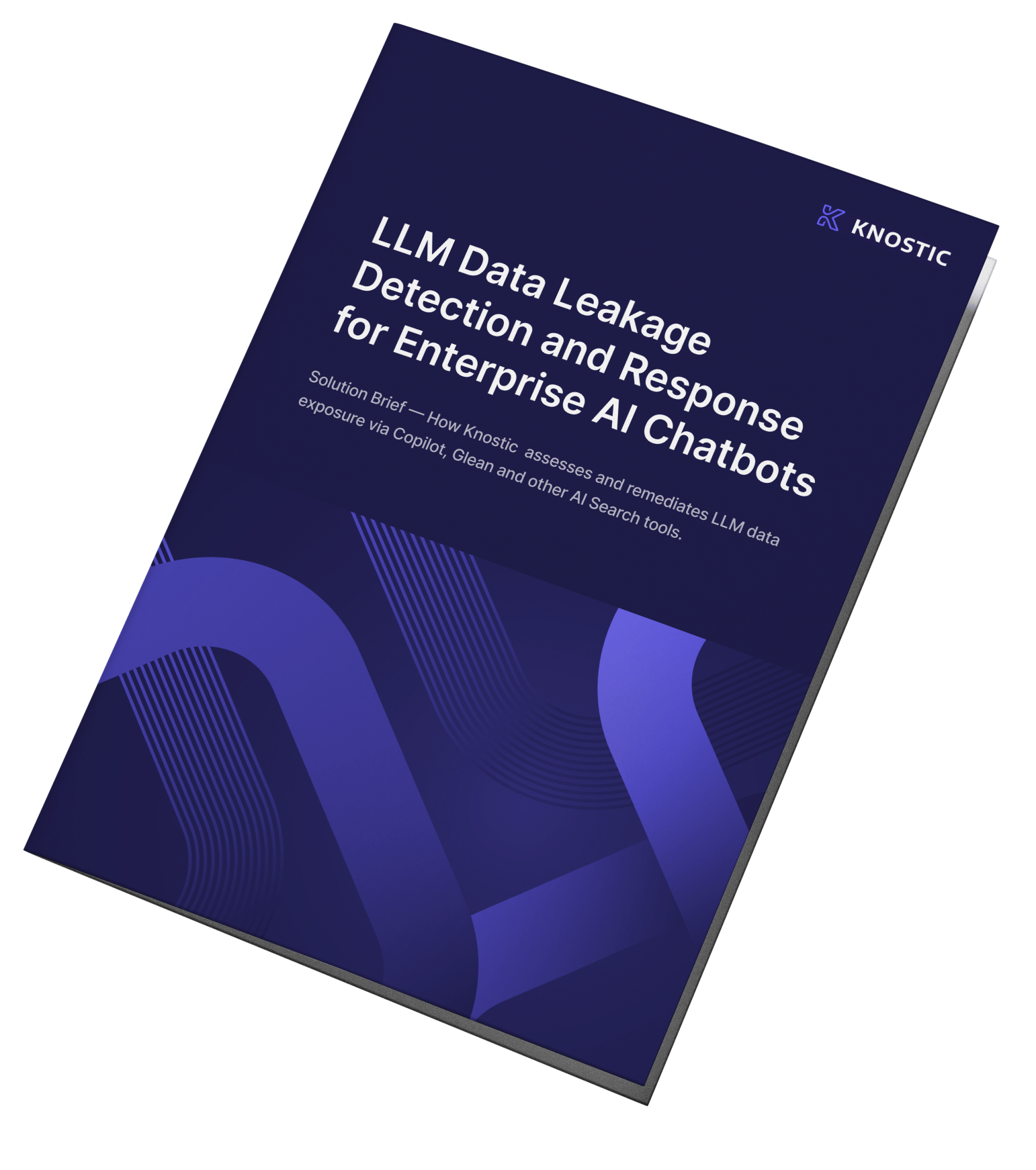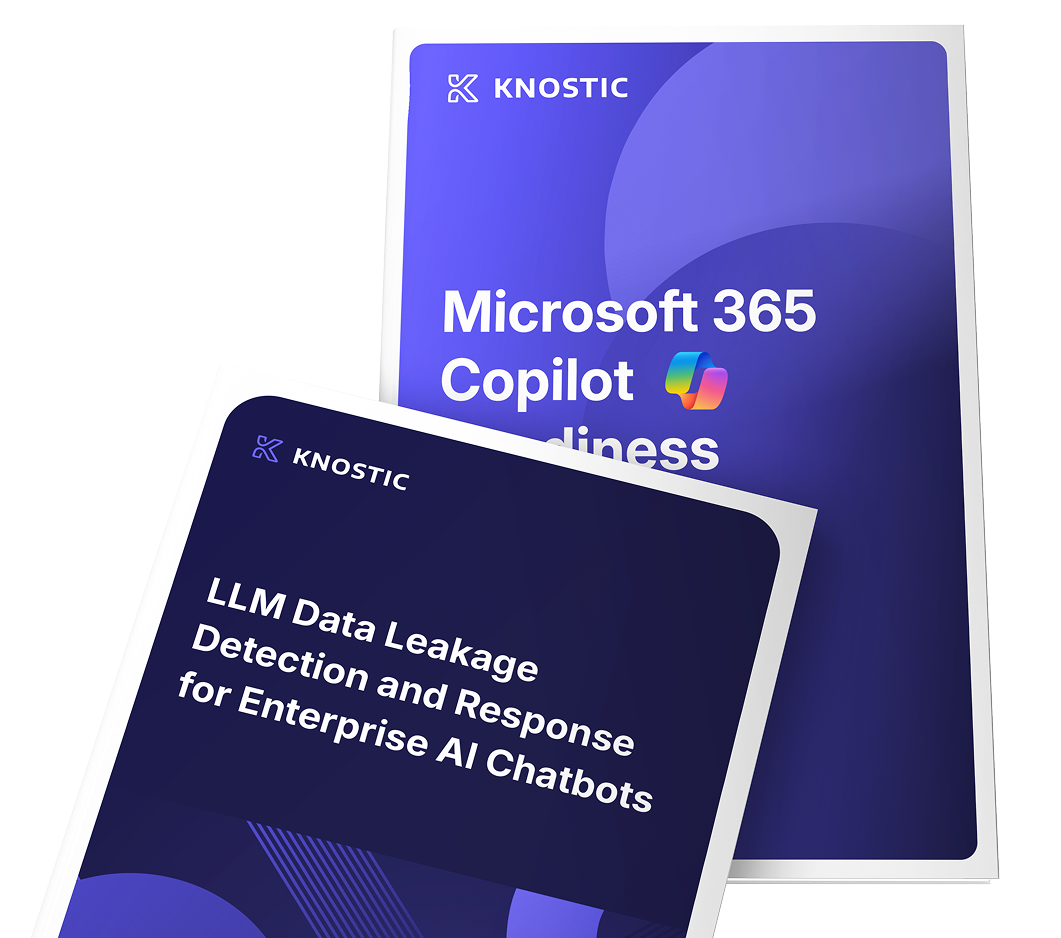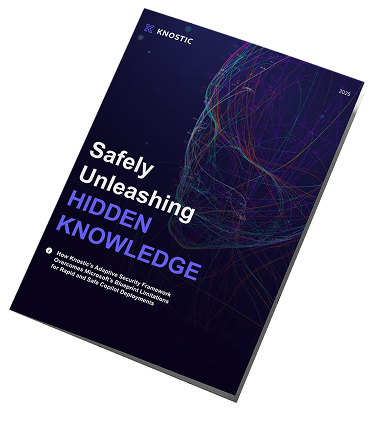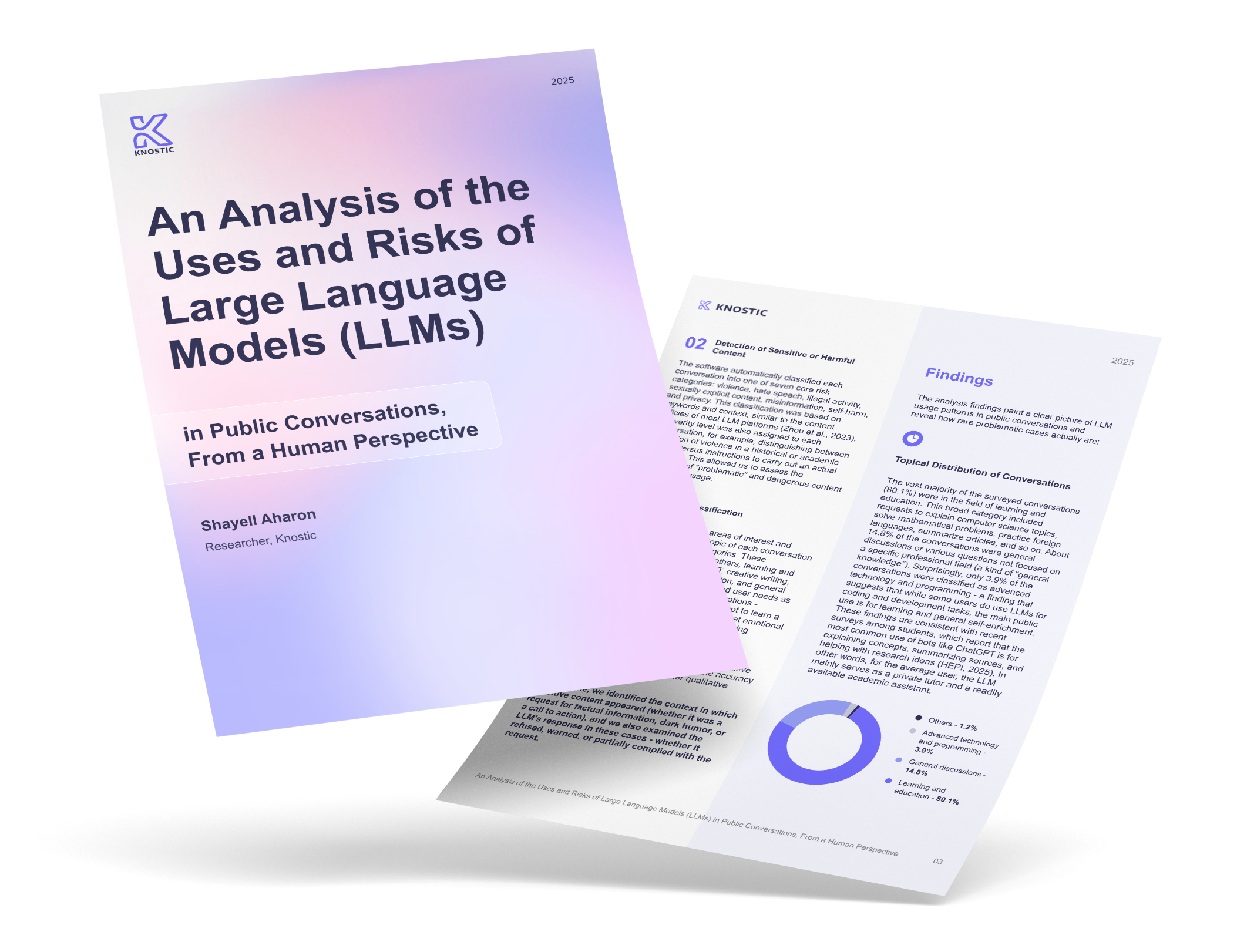Key Findings on Why AI Governance is Important
-
AI governance encompasses the controls, policies, and evidence necessary to ensure that AI operates safely, transparently, and within defined access boundaries.
-
Persona-based access controls (PBAC) evaluate identity and intent at inference time to prevent oversharing and safeguard sensitive data.
-
Layered defenses such as tool gating, red-teaming, and output filters mitigate risks from prompt injection and unsafe model actions.
-
Compliance frameworks, such as HIPAA, GDPR, and the EU AI Act, are supported through traceable logging, role-based oversight, and standardized documentation.
-
Secure deployment is accelerated through pre-launch guardrails, real-time monitoring, and clear accountability across teams and vendors.
To truly unlock enterprise AI, leaders must understand why AI governance is important. It is not just about compliance, but about enabling innovation without fear. Governance provides teams with the confidence to scale AI securely, protecting sensitive data while demonstrating to boards, regulators, and customers that AI is being used responsibly. With the proper guardrails, enterprises turn governance into a competitive advantage that accelerates safe adoption and builds lasting trust. This article will review the key reasons why AI governance is considered a primary pillar of intelligent solutions today.
Protect Customers and Sensitive Data
AI assistants are powerful, but without strong safeguards, they risk oversharing sensitive knowledge, making governance at the answer level essential.
Stop Oversharing in AI Answers
Strong protection is the primary reason why AI governance is essential. An article in Ingenta Connect about data governance in the age of artificial intelligence, states that enterprises must demonstrate active controls, not just expectations, to retain trust. Regulators require evidence, not promises and boards want a plan that limits exposure while enabling value. AI governance provides controls that act at the moment of inference, not just at the time of storage.
A 2024 German paper explains that oversharing often happens at the last mile, inside the answer. Process Model-based Access Control Policies for Cross-Organizational Data Sharing states that you need identity and access management for AI that evaluates who is asking, why they are asking, and what may be shown. PBAC makes that decision in real-time on the prompt and the generated output. This blocks sensitive fields or entire answers when the request is outside the need-to-know. To see how this works in practice, review Knostic’s guide on persona-based access controls for AI workloads.
Defend Against Prompt Injection
Prompt injection breaks trust by smuggling instructions into the model’s context. This includes common attack types, such as “direct prompt overrides,” where the attacker instructs the model to disregard its prior rules, and “indirect jailbreaks,” where malicious instructions are concealed in inputs, such as documents or URLs. A study presented at the 2024 USENIX Security Symposium, Formalizing and Benchmarking Prompt Injection Attacks and Defenses, benchmarked five attacks and 10 defenses across 10 LLMs and seven tasks and found broad susceptibility that requires layered controls. Because of this, you should isolate untrusted content, constrain tools, and test with red-team prompts before deploying to production. You should also gate tools and connectors behind intent checks.
PBAC complements tool isolation by ensuring that even if a connector or function is triggered, outputs remain bounded by persona-specific need-to-know rules, preventing sensitive data leakage across contexts. Use PBAC and output filters when the model tries to execute risky instructions.
Prove Privacy and Security
Another important protocol is logging what the system saw and why it responded. HIPAA’s Security Rule requires audit controls that record access and activity. HIPAA also requires documentation retention for six years, which shapes how long you keep masked prompt and output logs. To align with zero-trust principles, personally identifiable information (PII) and protected health information (PHI) should be explicitly separated from model logs, with only masked or pseudonymized references retained for audit purposes. Map those logs to your SIEM so you can clearly identify which policy was fired and when. This provides auditors with traceability while maintaining the confidentiality of sensitive information.
Outside of HIPAA, frameworks like GDPR and ISO 27001 also define retention obligations. GDPR requires that personal data be retained for no longer than necessary for its intended processing purpose, while ISO 27001 emphasizes aligning log retention with risk management and business needs. Enterprises should define jurisdiction-specific retention schedules and document them in governance policies.
Deliver Reliable and Explainable AI
Reliable and explainable AI ensures users can trust outputs by grounding answers in verified sources and making decision processes transparent.
Reduce Hallucinations with Grounding
Reliable AI reduces rework and legal risk. Explanations build trust with customers and internal reviewers. An academic article, Enhancing trust in AI through industry self-governance shows that good governance links outputs to sources and records decisions. It also standardizes evaluation, allowing teams to compare versions over time. This is how an AI governance framework translates into day-to-day quality — grounding answers in verified sources cuts error rates. But citation strings alone are not enough.
Recent research shows that models often generate citations that appear valid but are not actually used in producing the answer, a phenomenon sometimes described as “post-rationalization.” For example, the USENIX paper mentioned earlier demonstrates instruction-following hallucinations. Another 2024 paper, Correctness is not Faithfulness in RAG Attributions, finds that up to 57% of citations in retrieval-augmented generation are post-rationalized. Together, these studies show that citation strings alone cannot be trusted without additional verification. You need faithfulness checks that test whether the retrieved passages support each answer statement.
Improve Data Quality with Labeling
Data quality drives model quality. Use consistent safety, relevance, and sensitivity labels so retrieval favors trustworthy documents. Provenance tags help you trace the origin of a sample and determine its suitability for use. A paper from 2024, Data Isotopes for Data Provenance in DNNs shows that small markers can help verify the source of data by producing noticeable signals in trained models. This supports defensible governance and faster incident response.
Maintain End-to-End Lineage
Lineage connects every step, from the user prompt to the retrieved context to the final text. You need a standard model for provenance that tools and teams can share and utilize. A recent scientific paper, Capturing end-to-end provenance for machine learning pipelines proposes logging standards that align with Provenance Working Group’s PROV principles for ML pipelines, helping to ensure consistency of evidence across systems without yet achieving full PROV compliance. Capture prompt templates, retrieval IDs, policy hits, and output hashes. Make this trail exportable for audits and internal reviews.
Accelerate Safe Adoption and Time-To-Value
Accelerating safe adoption and time-to-value means rolling out AI with guardrails in place from the outset, enabling organizations to gain AI governance benefits quickly without compromising security or compliance.
Guardrails Before Go-Live
Speed without control is risky. You shorten time-to-value by implementing controls before the first user prompt. It’s important to define what “safe” means, and then enforce it in both code and policy. To do this, set pass-fail criteria and wire them into release gates. Measure the rollout and adapt fast when signals change.
That is why governance accelerates adoption instead of slowing it down. You filter outputs to block sensitive data and unsafe actions and run least privilege by default using Role-Based Access Control (RBAC) and PBAC, so the assistant only sees what the user is allowed to see. Test these rules with synthetic prompts and real context before launch. The NIST Generative AI Profile recommends pre-deployment testing, data minimization, and role-aware controls, which can be mapped one-to-one to guardrails and least-privileged access.
Continuous Evaluations
This doesn’t stop at launch. Continue red-teaming with fresh jailbreaks and tool misuse scenarios. You add RAG tests that check faithfulness and retrieval quality on a fixed corpus in accordance with the UK AI Safety Institute approach to evaluations. Run regression suites on every change to prompts, indices, or policies. As the UK Government’s AI Security Institute (AISI) reveals in an advanced AI evaluation, national evaluators have demonstrated that basic prompting can quickly compromise safeguards, making continuous testing a necessity, not a luxury.
Change Control That Sticks
Your version prompts, retrieval indices, and policies are like code. Require approvals for risky changes and keep a clean rollback path. And record what changed, why it changed, and who approved it. You track impact with stability metrics. The 2024 DORA report, Accelerate State of DevOps, again centers on change failure rate and time to restore as core metrics, which makes disciplined change control a direct lever on reliability.
Control Cost and Risk with Observability
Controlling costs and risk with AI observability enables organizations to track AI usage, quality, and security in real-time, transforming raw metrics into actionable insights for safer, more efficient operations.
Track Usage, Quality, Security, Cost
You cannot manage what you cannot see. Track usage by team and persona to gain a deeper understanding of adoption. And observe quality, security, and spending in one view, so trade-offs are explicit. Export structured logs to your SIEM and BI tools. Use these signals to tune prompts, rerankers, and policies without guesswork. NIST’s profile emphasizes monitoring, logging, and post-deployment oversight, which fits this operating model. You measure how many queries each persona runs and what topics they hit. Monitor token use, context length, and latency to maintain a balance between cost and user experience. This builds a living picture of value and risk in production.
Detect Drift Early
Models drift, and users' behavior changes. Watch for drops in answer faithfulness and retrieval hit rates. Be alerted to spikes in blocked outputs or unusual tool calls. Add detectors for task drift in LLMs to prevent new instructions from silently changing behavior. Yet another 2024 paper, Get my drift? Catching LLM Task Drift with Activation Deltas, shows activation-based methods can support early task drift detection. This helps teams intervene before performance or security is impacted.
Prioritize Fixes by Business Impact
Not every issue is equal. You score incidents based on the affected personas, data sensitivity, and the impact on revenue or safety. Use that score to decide what to fix first and what to defer. And attach each fix to a KPI so you can demonstrate improvement. Review the backlog weekly with product, risk, and security leads to ensure alignment and progress. Governance transforms noisy alerts into actionable steps aligned with business goals.
Build Accountability and Stakeholder Trust
Building accountability and stakeholder trust means defining clear ownership, providing transparent evidence, and ensuring every AI decision can be explained and audited with confidence.
Clear Ownership (RACI)
People trust systems when roles are clear and evidence is available. You define ownership for data, prompts, policies, and runtime. Meet legal duties with records you can show and explain in plain language. And publish what the system can and cannot do. Keep oversight active after launch. The EU AI Act requires ongoing monitoring and quality management for high-risk uses, thereby strengthening this approach. You assign an executive sponsor who owns the outcome, and run a governance board that approves risk rules and exceptions: name stewards for data, prompts, evaluations, and logs. Then publish a RACI matrix — outlining who is Responsible, Accountable, Consulted, and Informed — so teams know who makes decisions and who executes them. Just remember to review it when scopes or vendors change.
Train for Safe Behavior
Tools are only as safe as their use. Teach users how to write safe prompts and handle sensitive contexts. Run behavior tests that simulate phishing prompts and indirect injection. Give instant feedback when a risky action is attempted. And repeat training when policies or models change to keep behavior aligned.
Explain Decisions
It is important to explain why an answer was allowed or blocked. Link the decision to the exact policy and the user’s role and provide a reason that risk and business teams can understand. Keep the evidence in tamper-evident logs. This level of explainability reduces disputes and speeds audits.
How Knostic Operationalizes AI Governance
Knostic enforces real-time knowledge controls so AI systems respect least-privilege access at the moment of inference. Instead of reshaping model text, it blocks or redacts outputs that exceed need-to-know, complementing existing investments like Microsoft Purview and M365 DLP by closing last-mile inference gaps. Through prompt simulation, Knostic tests real employee queries under actual permissions to reveal oversharing risks before they reach production. A knowledge graph maps users, roles, and relationships, surfacing gaps in labeling or RBAC policies and recommending refinements to ensure access remains aligned with the business context.
Knostic also delivers explainability and audit readiness by recording who asked what, which sources were accessed, and which rules were applied. These audit trails support regulatory reviews and board reporting with evidence, not assumptions. Continuous monitoring replaces manual spot checks with live signals tied to real queries and permissions, helping organizations detect drift, reduce exposure, and scale AI securely. In practice, this transforms AI governance from a static policy into operational guardrails that both protect sensitive knowledge and facilitate the safe adoption of AI.
What’s Next
Download our Knostic LLM Data Governance White Paper to see how these controls operationalize in enterprise environments and how to measure success across teams and tools.
FAQ
• How would you best define AI governance?
It is the set of policies, controls, and evidence that keep AI within need-to-know boundaries while enabling adoption. Knostic governs the knowledge layer between static data and AI-generated insights, where oversharing actually occurs. It sets intelligent boundaries, monitors interactions, and maintains an audit trail for accountability and transparency. And complements your existing M365 and DLP investments rather than replacing them.
• What is the importance of AI governance in modern enterprises?
It prevents leakage of sensitive documents and proprietary knowledge across organizational boundaries. Also restores confidence, allowing teams to deploy Copilot and similar tools at scale. It adds visibility that legacy frameworks lack when inference creates new exposure paths. And reduces compliance risk and preserves competitive advantage with preventive controls and continuous monitoring.
• What is the primary purpose of responsible AI governance?
It is to make AI useful and safe at the same time. That means proving least privilege in practice, stopping oversharing before it reaches users, and maintaining records that clearly explain the decisions made. It also means addressing label and policy gaps identified in actual outputs and maintaining board-level reporting.



